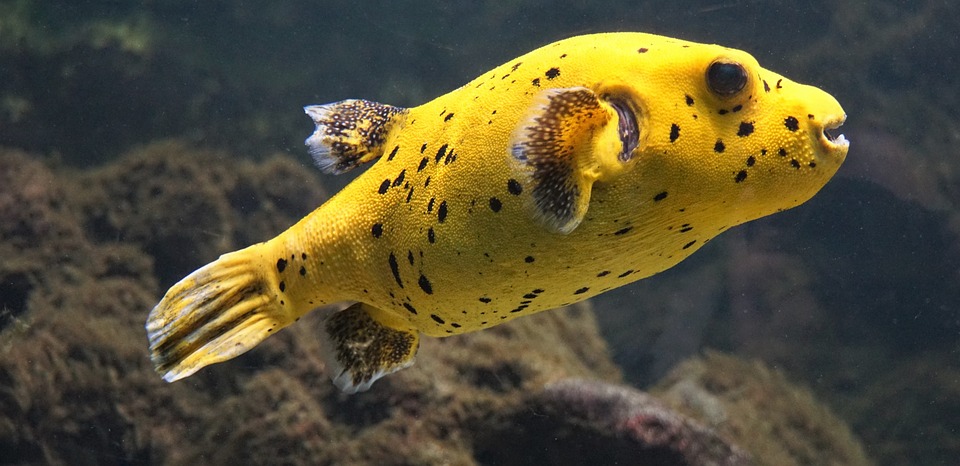Fish tank cloud eye disease, also known as cloudy eye or popeye, is a common health issue that affects many aquarium fish. It is characterized by the clouding or swelling of one or both eyes, which can be alarming for fish owners. This article aims to provide a comprehensive guide on preventing and managing fish tank cloud eye disease, ensuring the well-being of your aquatic pets.
Causes and Symptoms of Fish Tank Cloud Eye Disease
Cloudy eye disease can be caused by various factors, including poor water quality, bacterial or fungal infections, physical injuries, or underlying health conditions. Recognizing the symptoms is crucial for early detection and effective treatment. Some common signs of fish tank cloud eye disease include:
1. Cloudiness or swelling of the eye(s)
2. Bulging or protruding eyes
3. Redness or inflammation around the affected area
4. Reduced appetite or lethargy
5. Abnormal swimming behavior
Prevention and Maintenance Tips
Preventing fish tank cloud eye disease is always better than dealing with its consequences. Here are some preventive measures you can take to ensure the health of your fish:
1. Maintain Optimal Water Conditions: Regularly test and monitor water parameters such as pH, ammonia, nitrite, and nitrate levels. Ensure appropriate filtration and perform routine water changes to keep the tank environment clean and healthy.
2. Provide a Balanced Diet: A nutrient-rich diet boosts the immune system of your fish, making them less susceptible to diseases. Offer a varied diet consisting of high-quality flakes, pellets, and occasional treats such as frozen or live foods.
3. Quarantine New Fish: Before introducing new fish to your aquarium, quarantine them for a few weeks in a separate tank. This helps prevent the spread of potential diseases to existing tank inhabitants.
4. Avoid Overcrowding: Overcrowded tanks lead to increased stress and competition among fish, making them more vulnerable to diseases. Maintain a suitable stocking density according to the size and requirements of your fish species.
5. Regular Observation: Spend time observing your fish daily. This will help you detect any early signs of disease, including cloud eye, and take immediate action.
Treatment and Management
If your fish develops cloud eye disease, it’s essential to take prompt action to prevent further complications. Here are some steps you can take to manage the condition effectively:
1. Isolate and Treat: Move the affected fish to a separate quarantine tank to prevent the spread of disease. Consult with a veterinarian or aquatic specialist to determine the appropriate treatment. This may involve the use of antibiotics, antifungal medications, or salt baths.
2. Improve Water Quality: Alongside treatment, ensure your main aquarium’s water quality is optimal. Perform necessary water changes, monitor parameters closely, and maintain a clean and well-filtered environment.
3. Provide a Stress-Free Environment: Minimize stressors such as aggressive tankmates, poor water conditions, or inadequate hiding places. A stress-free environment promotes faster healing and recovery.
4. Follow Medication Instructions: If medication is prescribed, carefully follow the instructions provided by the veterinarian or product manufacturer. Incorrect dosages or durations can be detrimental to your fish’s health.
FAQs (Frequently Asked Questions)
Q1: Can cloudy eye disease spread to other fish in the tank?
A1: Yes, cloudy eye disease can be contagious. It is crucial to isolate affected fish to prevent the spread of infection to other tank inhabitants.
Q2: Can I use home remedies to treat cloud eye disease?
A2: While some home remedies may offer temporary relief, it is recommended to consult with a professional to ensure proper diagnosis and treatment. Improper remedies may worsen the condition or harm your fish.
Q3: Can cloud eye disease be fatal for fish?
A3: In most cases, if detected and treated early, cloud eye disease is not fatal. However, if left untreated or if the underlying cause is severe, it can lead to more significant health issues or even death.
Q4: How long does it take for a fish to recover from cloud eye disease?
A4: The recovery time varies depending on the severity of the disease, the fish species, and the effectiveness of the treatment. With appropriate care and treatment, improvement can be seen within a couple of weeks.
Remember, maintaining a clean and healthy aquarium environment, along with regular observation and proper care, plays a vital role in preventing and managing fish tank cloud eye disease. By following these guidelines, you can ensure the well-being of your aquatic pets and enjoy a vibrant and thriving underwater ecosystem.









